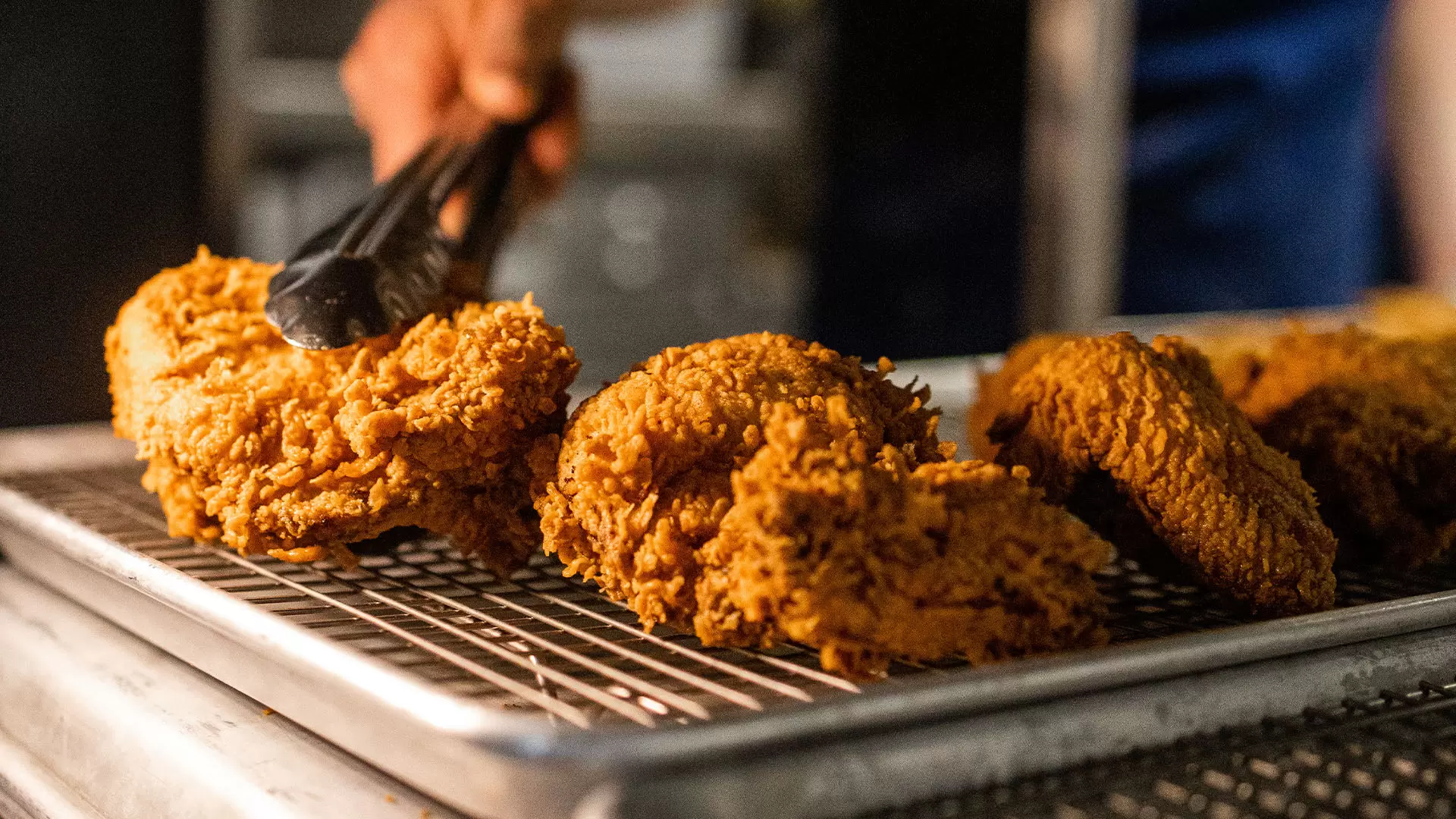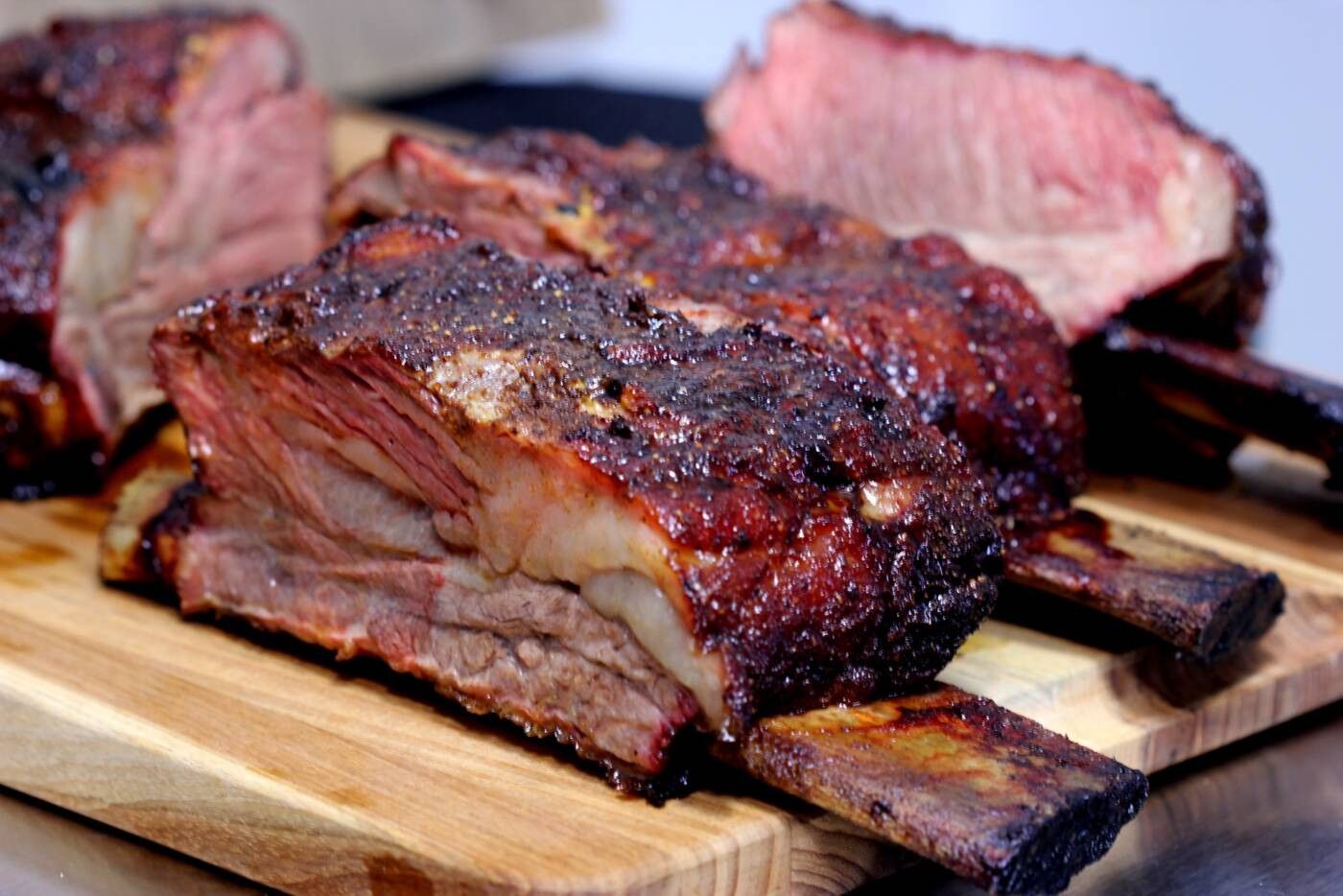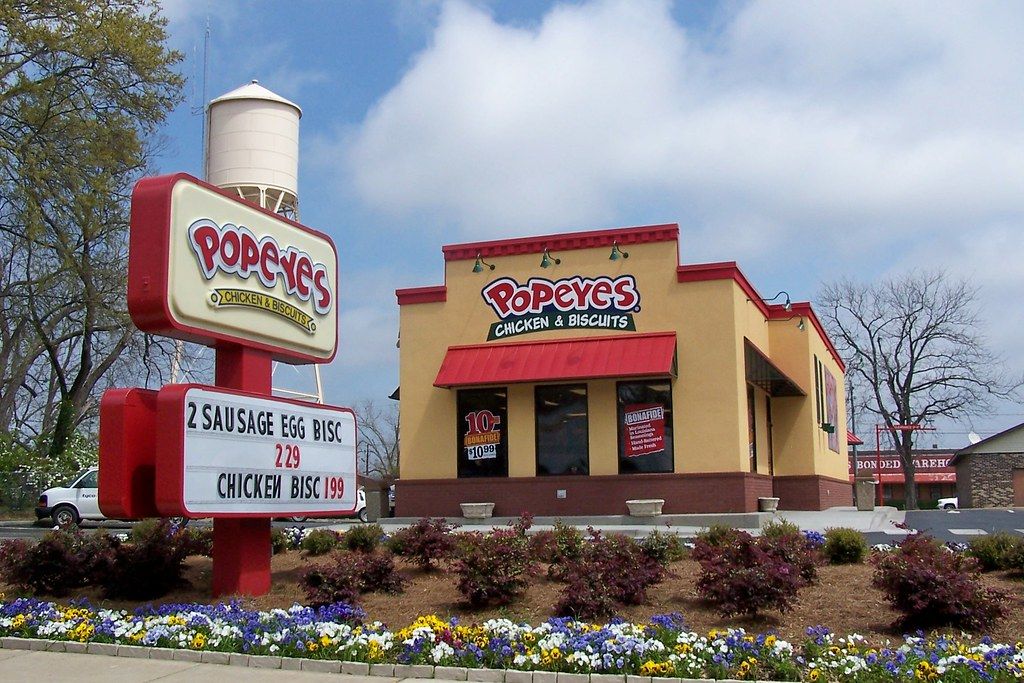
Global Warming and Grape Harvests: The New Reality of Winemaking
- Jul 12, 2025
Unwillingly the frontline in the battle against global climate change, vineyards across the globe have been adapting to rapidly changing climates. Decades-long and in some places even centuries-old records of data like harvest dates reveal that key viticultural events are occurring progressively earlier each year.
Italian Count Francesco Marone Cinzano of Col d’Orcia winery reminisces that while initial shifts in the timing of harvests were not immediately associated with climate change, a review over the past two decades makes things clear. The witness to the earlier and earlier picking of Sangiovese grapes, he recalls how the harvest in 2012 started as early as the end of August, an unheard-of occurrence in the past.
Fast forward to the present, and harvesting red grapes in August is now a common routine in regions like Tuscany, Burgundy and more. Unpredictable weather patterns, heatwaves and other issues linked to climate change are also becoming regular features of the winemaking landscape.
The winemaking community, however, has been adapting creatively. Despite the uncontrollable shifts in Earth’s climate that cannot be reversed single-handedly, strategies from seeking out colder or higher elevation vineyards to testing heat-resistant grape varieties and adopting sustainable practices have been employed to benefit from, or mitigate the impacts of the changing climate.
Many wineries have successfully launched impressive wines using innovative climate-responsive strategies. One fine example is a Spanish wine producer that maintains close to 1,500 acres of woodland to promote carbon capture, along with using higher altitude vineyards and avoiding irrigation.
When a big-name Champagne house like Pommery begins purchasing vineyard land in southern England - a region once considered unviable for sparkling wine production due to its cold climate - it is significant of noteworthy change.
Other wineries such as Louis Roederer and Gusbourne have adjusted their production methods in line with climate variations, delivering wines of exceptional quality. Other laudable stories include Greek winery Lyrarakis, which has been focusing on native, drought-resistant grape varieties, and Domaines Ott from Provence, which is experimenting with heat-resistant varieties whilst adapting viticultural practices to cope with a warming climate.
Stories of adaptation continue, such as in Germany, where winemakers have altered work practices to accommodate climatic conditions, and in California, where winemakers are experimenting with Sicilian grape varieties known for their resilience in hot weather.
Winemakers also have a crucial role in leading the way towards more sustainable practices, as evident in Spain’s Torres family who co-founded the International Wineries for Climate Action group. Napa Valley’s St. Supéry has also made great strides in reducing its carbon footprint by switching most of its energy to solar power and removing foil capsules from its wine bottles.
A call to action is echoed by the Porto Protocol, a network of wineries founded by Adrian Bridge of Taylor Fladgate, working together to help mitigate climate change. Despite ongoing challenges, the silver lining is the fine quality and terrific flavors that these adapting winemakers are producing in their wines.






